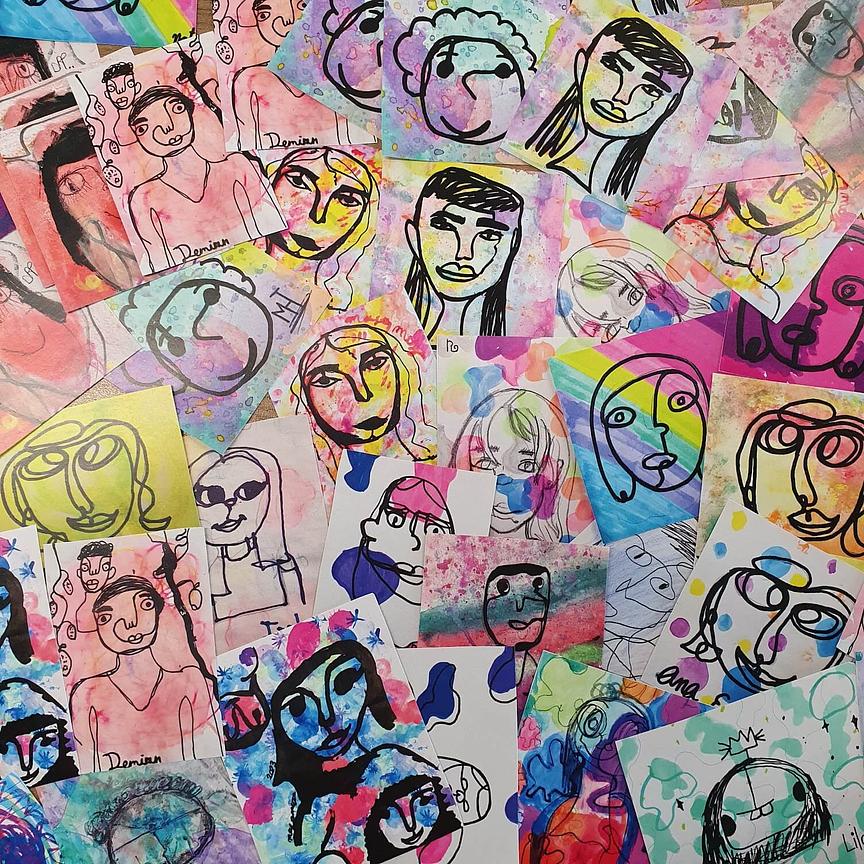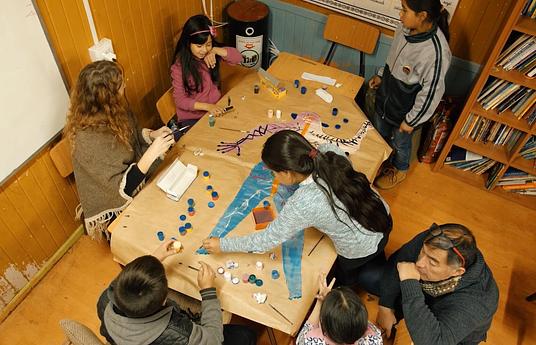I have always used design as a strategy to teach my students how to communicate through art. To me, design is a way of life, and it revolves around everything we do. It helps us develop a critical thinking mindset and to find our own way to solve projects and problems. This, are skills that children can develop and will lead them to be problem solvers in a world that is evolving rapidly.
Understanding design concepts can be difficult for students, so I developed an analogical approach by linking design process terms to the steps of a recipe. For example, I compared elements of design to ingredients. This method proved successful as my students found it engaging and comprehensible. To build on this, I designed an activity called "The Blender," where students create a graphic project showcasing their favorite color, food, personality, and other unique traits.
The process involves:
1. Listing out the traits as ingredients
2. Sketching each ingredient
3. Combining the sketches in a blender to generate a final design
4. Adding color and applying the design across various mediums, similar to serving and trying a recipe.
I have utilized this approach for a decade, and I have empirical evidence to support its effectiveness.
As an elementary art teacher, I had the benefit of teaching the same students for several years, which allowed me to both prove and improve this method. I observed how students who took my class for more than two years were able to internalize the method without prompting, and as an IB teacher, I encouraged them to use it in other classes.
After transitioning to a new job teaching 10th graders, I introduced them to this method and saw positive results. Moving forward, my goals for the next 2-3 years are to continue refining and developing new ways to help students use the design process to solve problems and complete projects.
Additionally, I created a YouTube channel called "Art with Miss Sara" where I will be uploading lessons based on this method for teachers and students worldwide.
It is very easy to adopt this approach. Interested individuals can contact me through my Education Instagram account, @artwithmiss.sara, and I will be happy to provide guidance and assistance. Additionally, I plan on uploading a lesson on this technique to my YouTube channel during summer. I am also working on an article for a Mexican academic magazine on this topic, which will be available soon.


